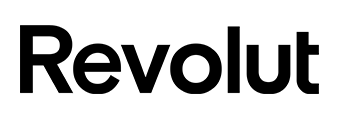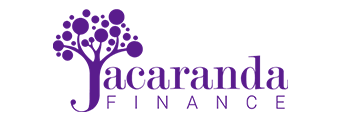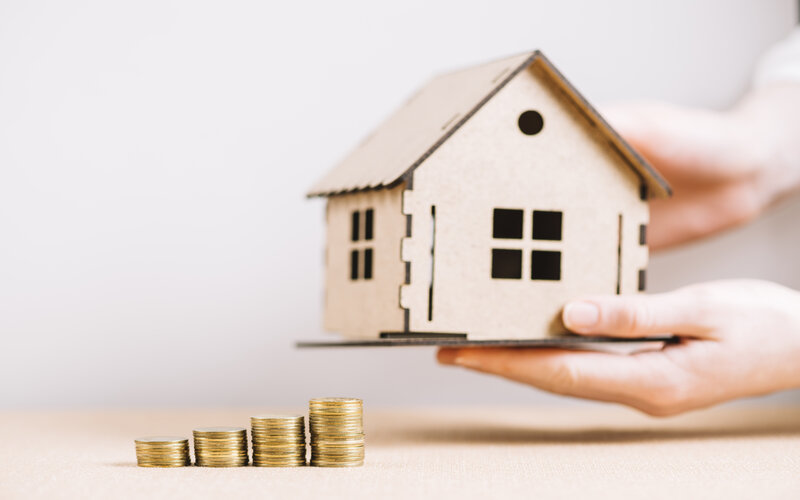Private lenders fill a gap in the market and generally offer: bridging loans, caveat loans, bad credit loans and second mortgages. Peer to peer lenders can also be considered private lending. Private loans can be used for a lot of things from debt consolidation, funding a home purchase, personal expenses, medical bills, buying a vehicle and so on.
According to 2018 research from PwC, 27% of all loans in Australia came from private lenders. Despite there being more than 100 mainstream lenders (banks, non-bank lenders, credit unions and so on) to choose from in Australia, some people still struggle to get finance. This is where private lenders could come in handy. Like mainstream lenders, these brands offer funding anywhere from about $20,000 to more than $5 million. But before diving in, there’s a few things borrowers need to know first.
Advertisement
Buying a home or looking to refinance? The table below features home loans with some of the lowest interest rates on the market for owner occupiers.
| Lender | Home Loan | Interest Rate | Comparison Rate* | Monthly Repayment | Repayment type | Rate Type | Offset | Redraw | Ongoing Fees | Upfront Fees | Max LVR | Lump Sum Repayment | Additional Repayments | Split Loan Option | Tags | Row Tags | Features | Link | Compare | Promoted Product | Disclosure |
|---|---|---|---|---|---|---|---|---|---|---|---|---|---|---|---|---|---|---|---|---|---|
5.79% p.a. | 5.83% p.a. | $2,931 | Principal & Interest | Variable | $0 | $530 | 90% |
| Promoted | Disclosure | |||||||||||
5.74% p.a. | 5.65% p.a. | $2,915 | Principal & Interest | Variable | $0 | $0 | 80% |
| Promoted | Disclosure | |||||||||||
5.84% p.a. | 6.08% p.a. | $2,947 | Principal & Interest | Variable | $250 | $250 | 60% |
| Promoted | Disclosure |
How private fund loans work
Private fund loans are offered by alternative lenders and generally fill gaps in the market that aren’t covered by mainstream lenders, such as major banks and credit unions. Such niches include:
Bridging loans
No these aren’t to build a bridge. Bridging loans provide for the shortfall if you purchase a new home before you’ve sold your old one. Terms are typically short - anywhere from three to six months is common. Interest rates are also typically higher than regular home loans - 5-6% p.a. or more is common. Repayments are also usually interest-only.
Caveat loans
Caveat loans provide short-term funding, with the caveat they are backed by a property. Like bridging loans, they are typically used to fund the gap between selling the old home and purchasing a new one. Terms are short, usually right on the money of when the National Consumer Credit Protection Act of 2009 kicks in at 62 days. The loan is payable in full when your old property settles. Interest rates are also usually higher than what you’d expect on a regular home loan.
Bad credit loans
You’ve probably seen these doing the rounds already. Bad or no credit loans provide funding for people with a few recent blemishes on their credit history. This includes unpaid previous loans, potential court orders, unpaid traffic offences, unpaid utility bills, and other red flags. To mainstream lenders, this is typically the profile of a borrower they do not wish to provide funding. This is where private lenders step in, but expect a much higher interest rate. They can provide the borrower with the ability to repay their debt, rebuild a good credit history and find their feet.
Second mortgages
To paraphrase XZibit from Pimp My Ride: Ayo dawg, we heard you like mortgages, so we put a mortgage on your mortgage so you can home while you home.
As the name implies, second mortgages are when you borrow money a second time around with the same property acting as security. This can provide additional funding if you need more cash, especially when regular refinancing is difficult.
The main negatives are you’ll probably get a higher interest rate because the perceived risk for the lender is greater. In addition, you’re essentially indebted twice for the one property. This poses problems if you’re running behind or defaulting on your payments. The first lender will collect what’s theirs, potentially leaving you in the lurch with the second lender.
Pros and cons of private fund loans
Like most things in life, you need to take the good with the bad. There are a few things to weigh up with private loan lenders before you jump in.
Pros
-
Another option for funding: Another avenue for funding could be a good thing, and these lenders typically cover gaps in the market mainstream lenders do not.
-
Can help in a bind: Quick funding can help you in a bind, such as if you find your new home purchase settles quicker than your old home’s purchase.
-
Unlock cash in your property: Caveat loans and second mortgages can be means of accessing equity in your property. This offers opportunities to invest in other things or fund other purchases.
-
Quick settlements: These lenders tend to act quickly, with money in your bank account delivered within days.
Cons
-
Higher interest rates: The enhanced risk of these alternate funding options means you’ll probably face a higher interest rate.
-
Fewer options: There are probably fewer lenders to choose from, which theoretically lowers competition and drives up cost i.e. interest rates.
-
Short loan terms: These loans are typically required to be paid back anywhere from 62 to 90 days, maybe six months in some circumstances.
-
Things could go wrong: These financing sources are often taken out when there are other loans in place. This heightens a lot of risk if you fall behind on payments. For example, if you default on your first mortgage, the home goes to them first, meaning you’re holding the bag with the second mortgage. With bridging finance, if your old home doesn’t settle within about 90 days, you could also run into some problems.
Advertisement
In the market for a personal loan? The table below features unsecured personal loans with some of the lowest interest rates on the market.
| Lender | Car Loan | Interest Rate | Comparison Rate* | Monthly Repayment | Interest Type | Secured Type | Early Exit Fee | Ongoing Fee | Upfront Fee | Total Repayment | Early Repayment | Instant Approval | Online Application | Tags | Row Tags | Features | Link | Compare | Promoted Product | Disclosure |
|---|---|---|---|---|---|---|---|---|---|---|---|---|---|---|---|---|---|---|---|---|
6.56% p.a. | 6.56% p.a. | $392 | Fixed | Unsecured | – | $594 | $0 | $23,513 | ||||||||||||
16.95% p.a. | 32.99% p.a. | $497 | Fixed | Secured | – | $26 | $125 | $29,791 |
| Promoted | Disclosure |
Photo by Khamkeo Vilaysing on Unsplash

Ready, Set, Buy!
Learn everything you need to know about buying property – from choosing the right property and home loan, to the purchasing process, tips to save money and more!
With bonus Q&A sheet and Crossword!








 Harry O'Sullivan
Harry O'Sullivan

 Denise Raward
Denise Raward
 Harrison Astbury
Harrison Astbury
 Aaron Bell
Aaron Bell

